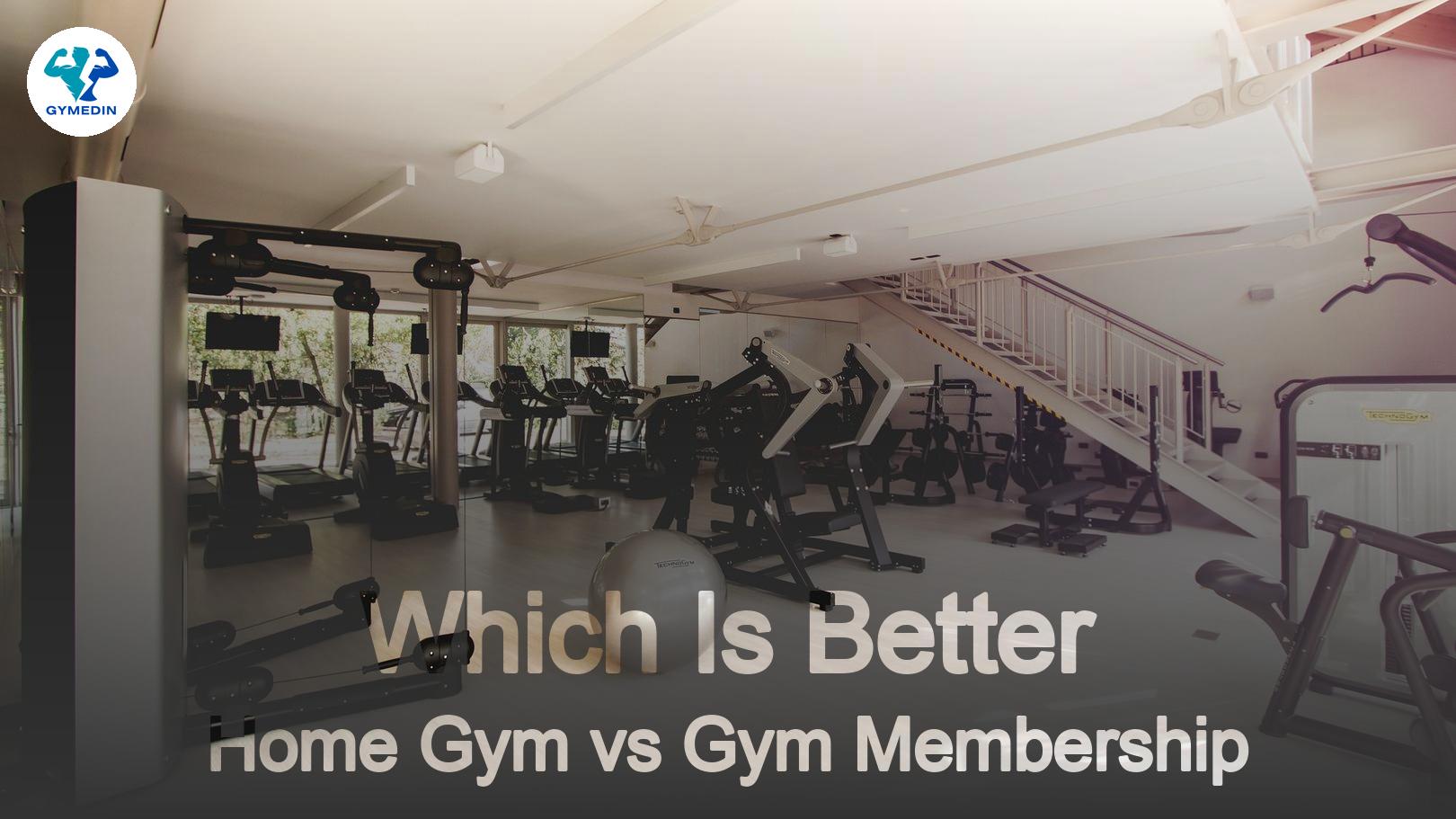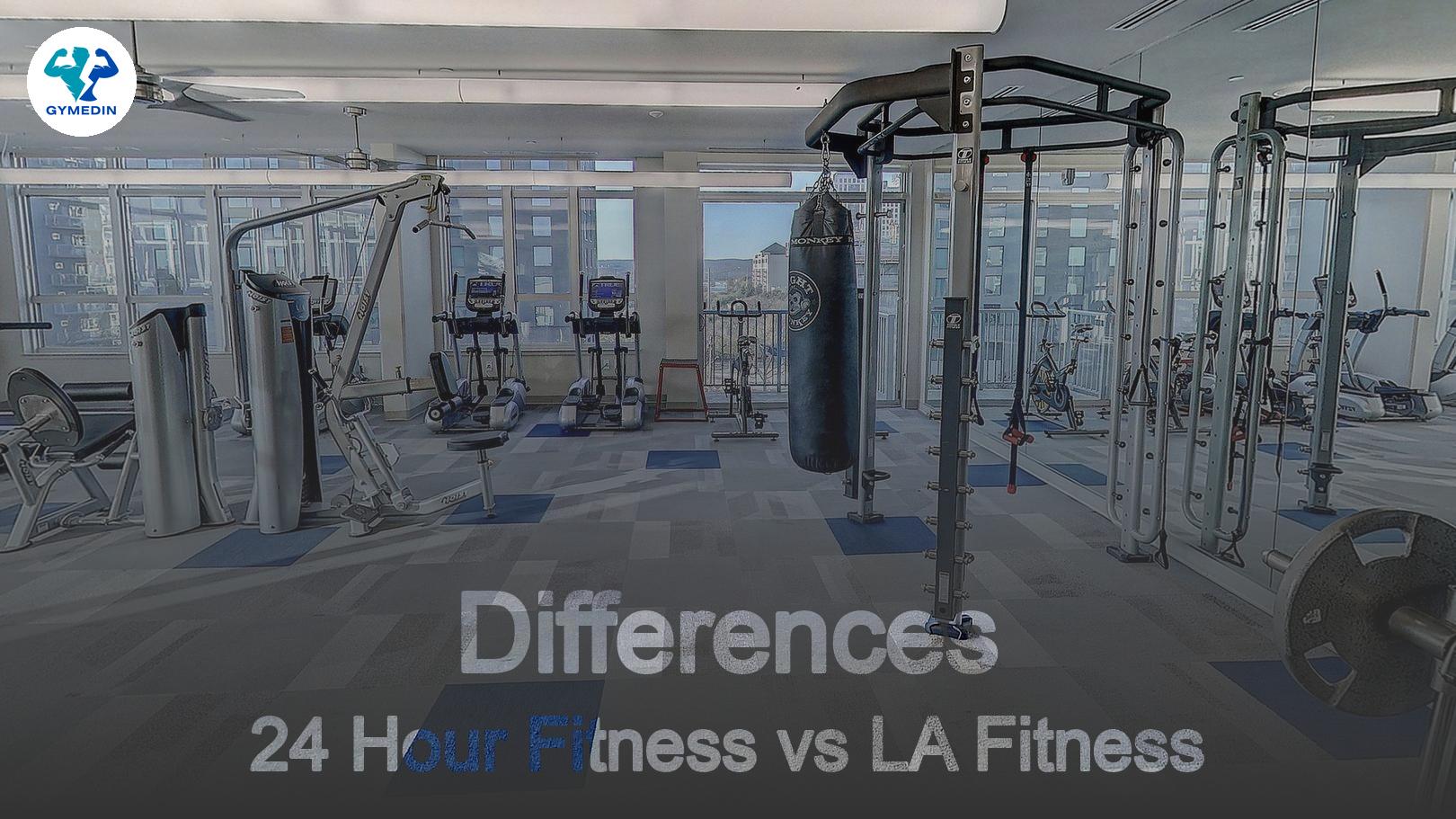Fitness can feel like a maze sometimes, right? You’ve probably heard of Orangetheory and F45, two major players in the fitness world. They’re all the rage, but what makes them different? Let’s take a deep dive into the world of Orangetheory vs F45, breaking down what each offers, their pros, cons, and which one might be best for you.
Introduction
First things first, Orangetheory and F45 are both group fitness classes designed to push your limits. They combine cardio, strength, and endurance training into fast-paced workouts. Both promote team spirit and competition, which can be super motivating, but they differ in their methods, class structure, and overall vibe. If you’re torn between the two, keep reading to find out how each one stacks up!
What is Orangetheory?
Orangetheory (OTF) is a 60-minute group workout that combines treadmill running, rowing, and weight training. The goal is to spend 12-20 minutes in the “orange zone,” where your heart rate hits 84-91% of its max. It’s all about high-intensity interval training (HIIT), designed to burn calories both during and after the workout. Each person wears a heart-rate monitor, and your stats are shown on screens throughout the studio, so you can track your progress in real-time.
What is F45?
F45, on the other hand, stands for Functional 45. These 45-minute workouts focus on functional movements—things that mimic everyday activities like lifting, pulling, pushing, and jumping. Like OTF, F45 workouts are also HIIT-based but focus more on circuit-style training. The workout changes daily, which keeps things fresh and challenging. Each session typically has 9-12 exercise stations, and you rotate through each one.
The Key Differences Between Orangetheory and F45
1. Class Structure
- Orangetheory: Classes are 60 minutes long and follow a consistent format—treadmill, rowing, and weight training.
- F45: Classes are 45 minutes long and the format changes daily. One day might be strength-focused, while the next could be heavy on cardio or a blend of both.
2. Heart Rate Monitoring
- Orangetheory: Everyone wears a heart-rate monitor, and your performance is displayed on screens during the workout. The goal is to hit the orange zone for maximum fat burn.
- F45: There’s no mandatory heart-rate tracking. F45 is more focused on the functional movements and going at your own pace.
3. Training Focus
- Orangetheory: Emphasizes a balance between cardio and strength, with a heavy focus on monitoring heart rate.
- F45: Focuses more on functional training—movements that mimic real-world activities, like lifting groceries or jumping over obstacles.
4. Technology Integration
- Orangetheory: Highly tech-driven. You can see your heart rate, calories burned, and how you compare to others in the class.
- F45: Less tech-heavy. The emphasis is more on form, movement, and pushing through each station.
5. Community & Atmosphere
- Orangetheory: More individual-focused. Though you’re in a group, everyone works based on their personal stats.
- F45: F45 puts a lot of emphasis on teamwork. You’re more likely to feel like part of a community as you push through the stations together.
Orangetheory Pros
- Data-Driven Motivation: Seeing your heart rate on the screen is super motivating. You can see in real-time if you’re slacking or killing it.
- Structured Routine: If you love knowing exactly what to expect each class, Orangetheory’s consistent format will be right up your alley.
- Focus on Cardio: If burning calories through cardio is your main goal, OTF’s treadmill intervals will deliver.
- Great for All Levels: Whether you’re a fitness newbie or a seasoned athlete, Orangetheory works for all levels since everyone works to their own pace.
Orangetheory Cons
- Repetitive Format: The structured routine can get a little monotonous if you crave variety.
- Less Focus on Strength Training: While there’s some weight training, it’s secondary to the cardio and can leave strength junkies wanting more.
- Costly: Orangetheory memberships can be on the pricier side compared to other fitness options.
F45 Pros
- Variety is Key: F45 keeps things exciting with daily-changing workouts, so you never get bored.
- Focus on Functional Fitness: The workouts mimic real-life movements, making it practical for everyday strength and endurance.
- Community Atmosphere: If you love the idea of sweating it out with a team, F45 fosters a strong sense of camaraderie.
- Short and Intense: 45-minute classes are perfect for those who want to squeeze in an effective workout without spending an hour or more at the gym.
F45 Cons
- Can Be Overwhelming for Beginners: The fast-paced, constantly changing nature of the workouts might be too intense if you’re new to fitness.
- No Heart Rate Monitoring: If you’re someone who thrives on data, F45 might feel like it’s missing that motivational tech.
- Costly: Like Orangetheory, F45 classes don’t come cheap. Membership fees can be a barrier for some.
Breaking Down the Workouts: Orangetheory vs F45
| Aspect | Orangetheory | F45 |
|---|---|---|
| Class Duration | 60 minutes | 45 minutes |
| Class Focus | Balance of cardio (treadmill) and strength (weights/rower) | Functional fitness with daily variations |
| Heart Rate Monitoring | Yes, mandatory (orange zone is the goal) | No, focus is on completing the circuits |
| Workout Structure | Same format each class (row, run, lift) | Different every day (circuit training) |
| Community Feel | More individualistic | Team-focused atmosphere |
| Tech Integration | High (heart-rate tracking, live feedback) | Low (no real-time feedback tech) |
Which is Better for You?
Choosing between Orangetheory and F45 really comes down to what you’re looking for in a workout.
-
If you thrive on data and love knowing exactly how your body is performing, Orangetheory is probably the better option for you. The structured routine might suit people who want a predictable but intense workout focused on burning calories and improving cardiovascular health.
-
On the flip side, if you crave variety and want a more community-focused experience, F45 is your best bet. The constantly changing workouts will keep you on your toes, and the team atmosphere could be a big motivational push.
FAQs
1. Can beginners do Orangetheory or F45?
Absolutely! Both Orangetheory and F45 are scalable for different fitness levels. However, F45’s fast pace might be a bit intimidating for someone new to fitness, while Orangetheory allows you to control your intensity more easily by adjusting your speed on the treadmill.
2. Which burns more calories?
The number of calories burned depends on your effort, but Orangetheory’s heart rate-based training makes it easier to ensure you’re working at a fat-burning level. On average, you can burn anywhere from 500 to 1000 calories in both an Orangetheory or F45 class, depending on your fitness level and intensity.
3. Which is better for weight loss?
Both workouts can be effective for weight loss if combined with a healthy diet. Orangetheory’s focus on heart rate zones might help you burn more calories during and after the workout, while F45’s strength-focused classes can build muscle and boost your metabolism over time.
4. What should I bring to class?
For Orangetheory, you’ll need to bring a heart rate monitor (if you don’t want to rent one) and comfortable workout clothes and shoes. For F45, just show up with the right attitude, some water, and your workout gear. Both offer towels, but it’s always good to bring your own!
Pros and Cons Recap: Orangetheory vs F45
Orangetheory Pros:
- Heart-rate tracking for real-time feedback
- Great balance of cardio and strength
- Structured and predictable
Orangetheory Cons:
- Routine can get repetitive
- Expensive membership
- Strength training might not be enough for weightlifters
F45 Pros:
- High variety in workouts
- Focus on functional movements
- Strong community vibe
F45 Cons:
- Fast-paced and intense, which might be tough for beginners
- Lacks tech tracking for those who love data
- Pricey membership
Final Thoughts
When it comes to Orangetheory vs F45, there’s no clear winner because it really depends on your personal goals and preferences. If you want a structured workout with heart-rate monitoring and a mix of cardio and strength, Orangetheory might be your perfect fit. If you love variety, functional fitness, and working out as part of a community, F45 could be more your speed.
Both fitness models have their own unique strengths and weaknesses, but in the end, it’s all about finding a workout that makes you excited to show up. So, whichever you choose, make sure it’s something you’ll stick with and enjoy. Whether you want to run, row, and lift at Orangetheory, or push, pull, and jump at F45, consistency is what will get you results. Keep moving!






